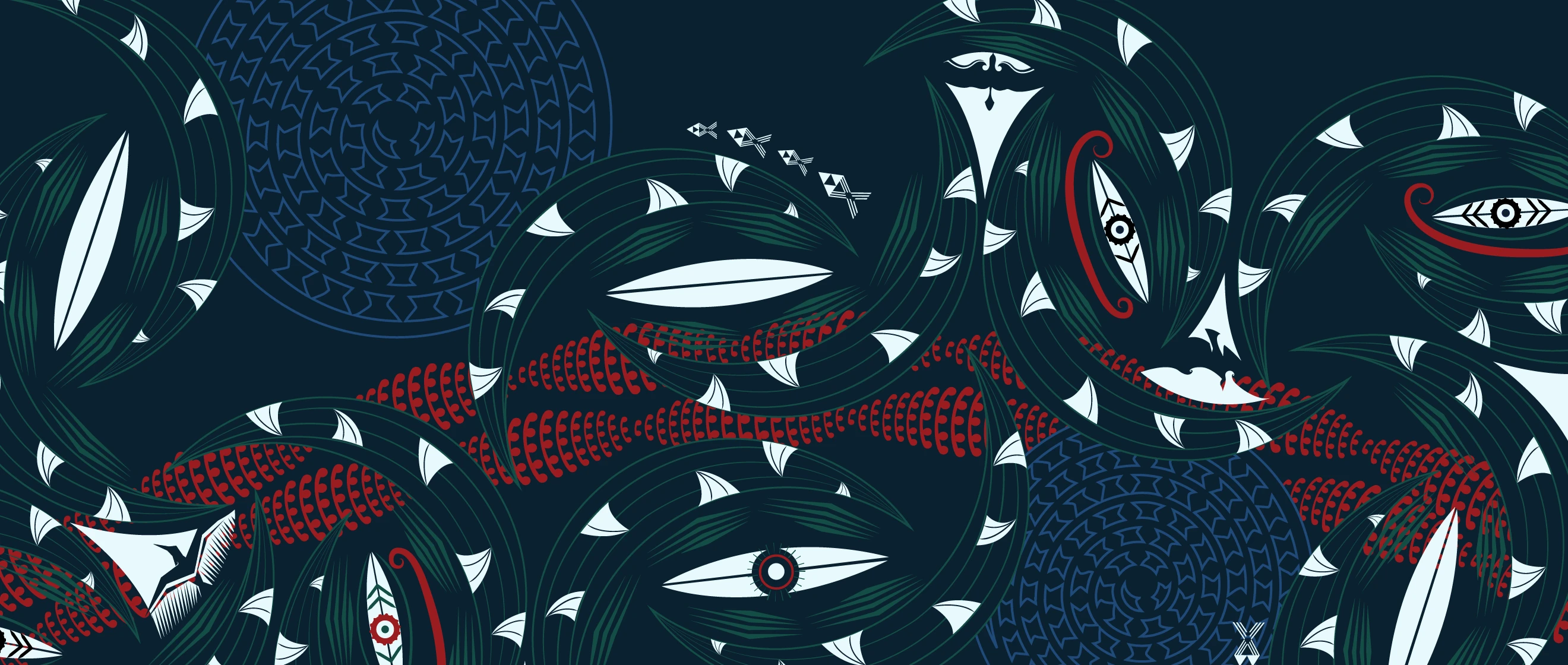The artist and the cultural advisor
We were lucky enough to work with designer, Chloē Reweti (Ngāi Te Rangi, Ngāti Ranginui, Ngāti Porou), and cultural advisor, Tui Blair (Ngāti Whātua) to create a theme and design for the 2026 ASM that would reflect the location’s natural environment and rich cultural heritage.
Chloē is a graphic designer with more than ten years of experience creating artwork and campaigns. She says, “I care about craft, collaboration and whakawhanaungatanga. Building and nurturing relationships is the lifeblood of the creative process.”
We would like to thank Chloē and Tui for sharing their knowledge and creativity with us.
The theme
The 2026 ASM theme is, “Herenga waka, herenga tāngata: From home to home”. Chloē and Tui explain:
A herenga waka is a physical place where waka are anchored at a safe harbour or resting point. The herenga waka reflects a space of connection and safety for voyaging waka. The hospital is a welcoming space where individuals come and go as needed. Patients arrive seeking care and healing, families offer love and support, and healthcare professionals dedicate themselves to guiding others through their journeys. This ebb and flow reflects the dynamic nature of a herenga waka, symbolising the continuity of life and the interconnectedness of those who pass through its doors.
The design
The design brings together elements of the natural environment in Aotearoa and the cultural significance of it for Māori. Māori artforms use abstraction, simplified form, repetition and symbolism to convey complex ideas and stories. Elements are distilled to reflect the interconnectedness of life and the relationship between the land, waterways, and skies of Aotearoa.
The typography evokes the ebb and flow of water, with the colour palette drawing inspiration from underwater vegetation like seaweed and seagrass.
Chloē and Tui discuss the design journey from concept to roll out, and the cultural meaning woven into the design to reflect Māori people, place and connection.
The eight motifs
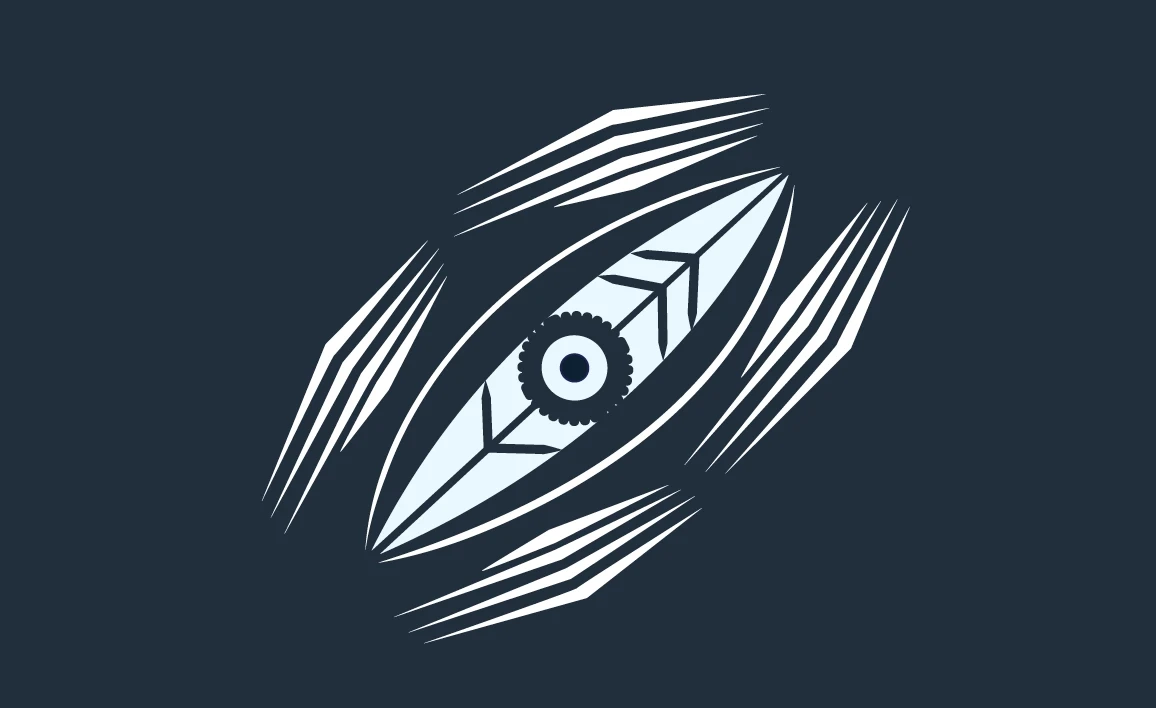
The waka (canoe) serves as the central motif, symbolising the journey of discovery and navigation that is intrinsic to Māori culture. It represents the connection between people and the natural world, the exploration of Te Moana-nui-a-Kiwa (the Pacific Ocean). The surrounding lines represent water – that is, the wake coming from the waka’s movement.
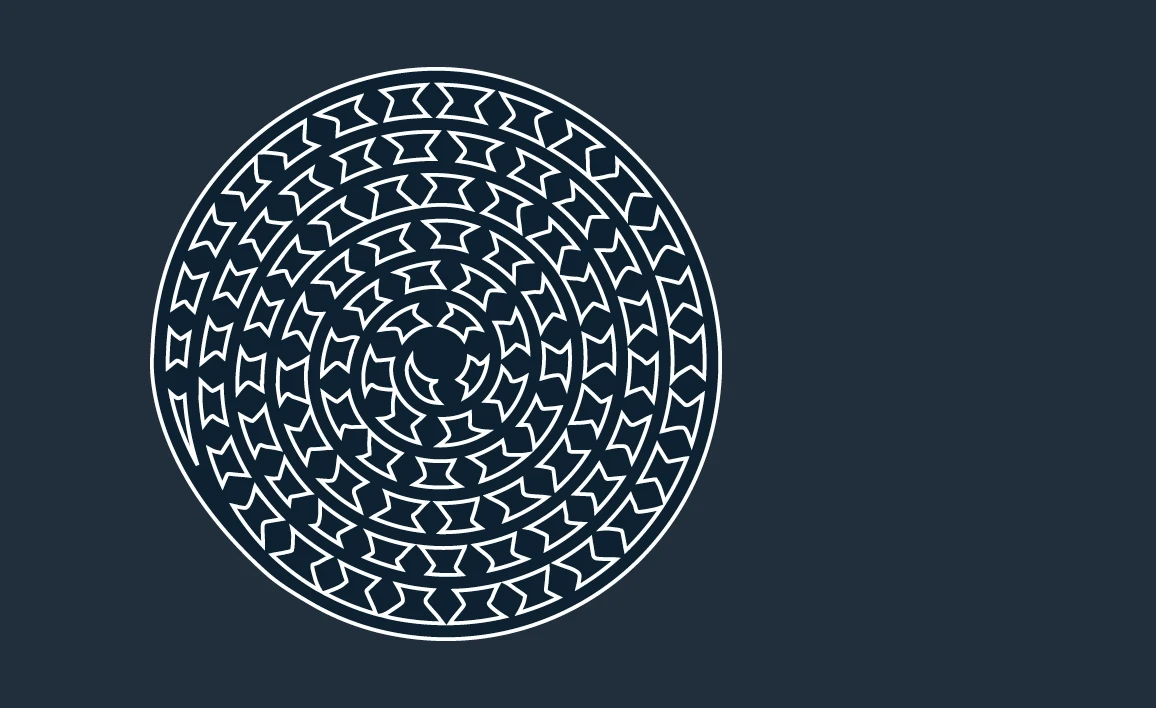
The taurapa or tauihu (sternpost or bow) of a waka taua will often incorporate designs associated with water and voyaging.
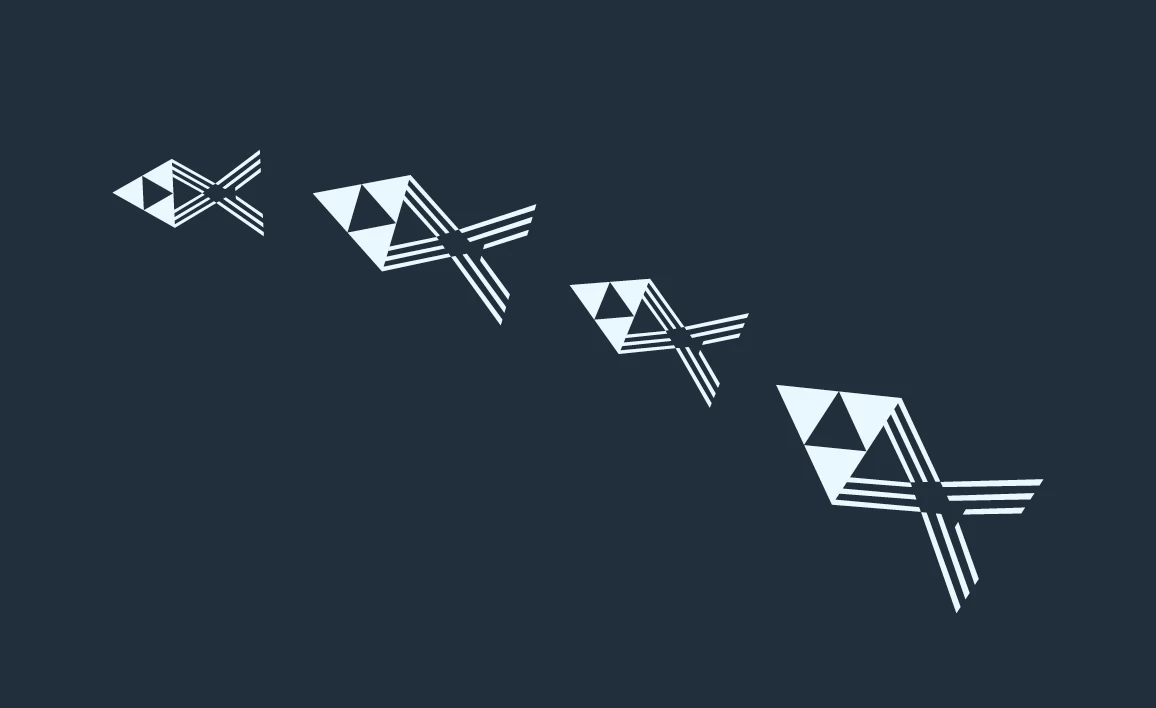
The ika (fish) highlights the abundance and life-giving properties of Aotearoa's marine and freshwater ecosystems.
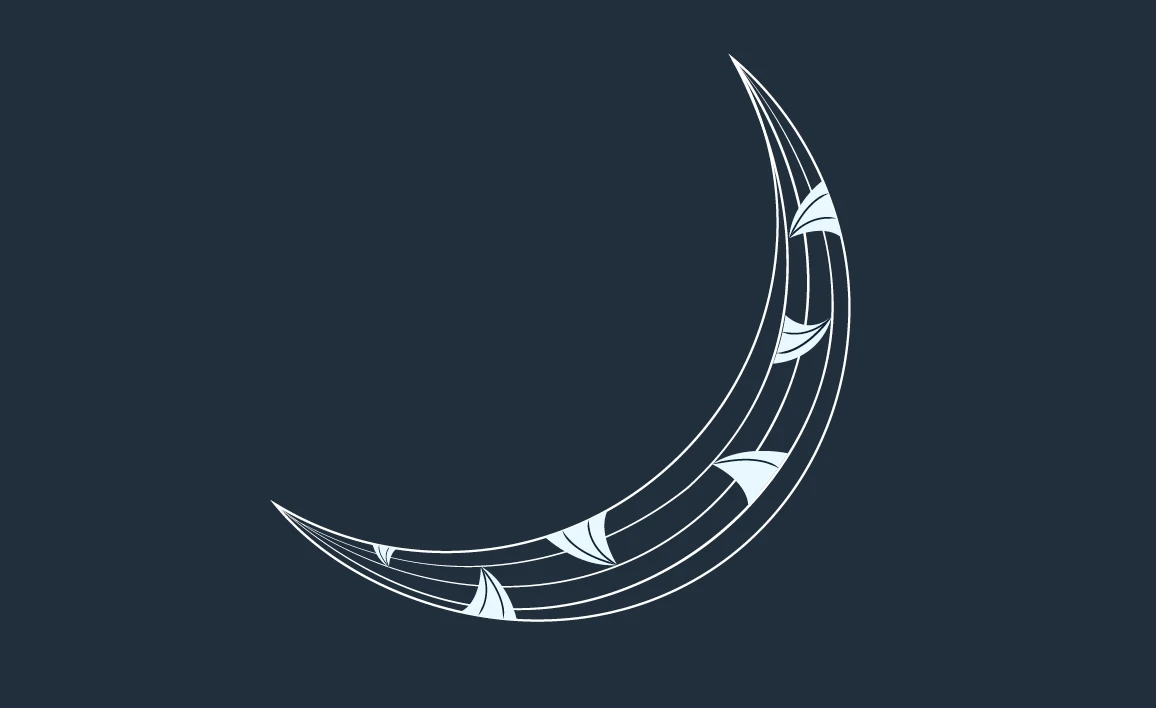
Pūwerewere represents the undulating rhythm of water and wind. This pattern is sometimes seen on the eyebrows of carved tīpuna (ancestors).
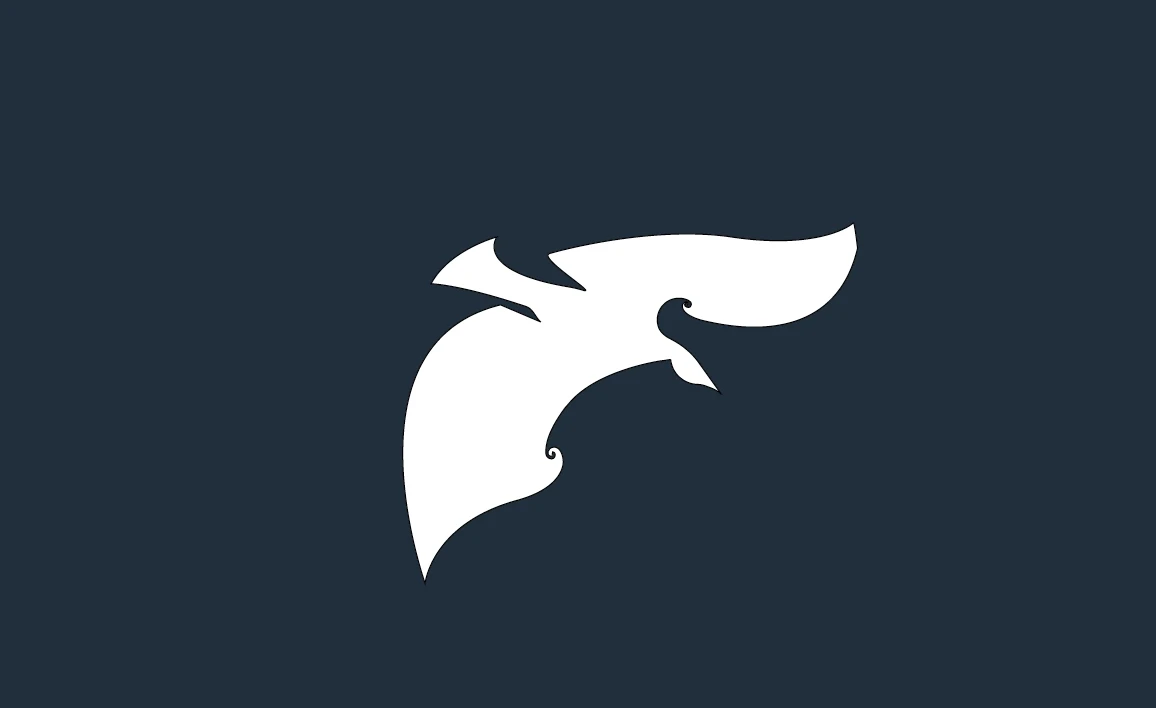
The Kāhu Pōkere (black hawk) is a central figure of Ngāti Whātua Ōrākei. It is a cultural legacy of the hapū and symbolises kaitiakitanga (guardianship).

The Kuaka (bar-tailed godwit) is renowned for its epic migratory journey, and embodies endurance and interconnectedness. This bird is significant to Te Waitematā (Auckland Harbour) and is a symbol of Te Ahiwaru – iwi residing in Tāmaki Makaurau (Auckland).
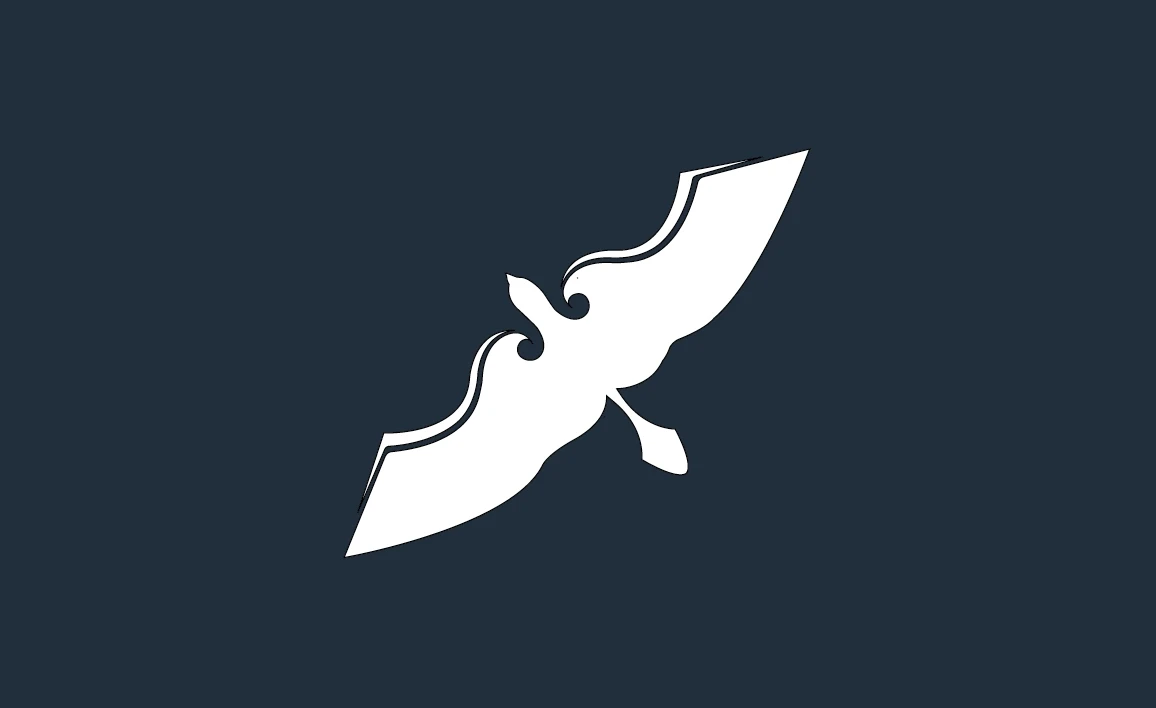
The Kawau (cormorant) represents kaitiakitanga (guardianship) of the land and skies. Its soaring depiction adds movement and a sense of vigilance.
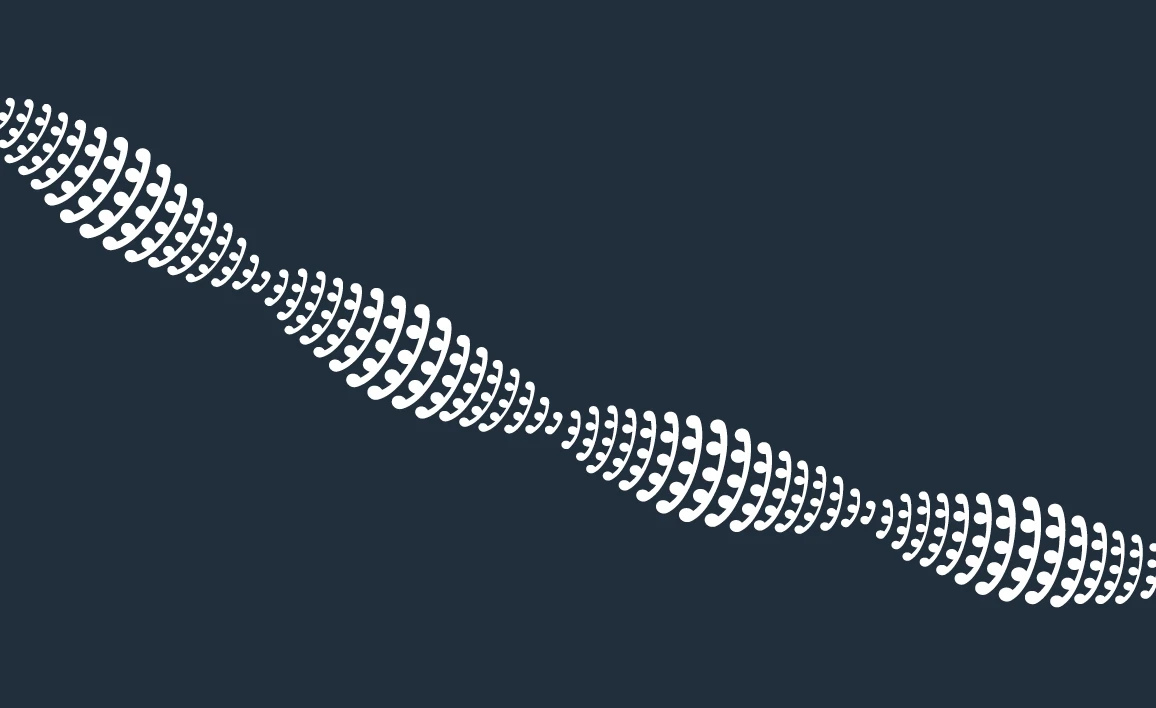
This abstract motif mimics an ocean current and represents whakapapa as an unbroken lineage connecting ancestors (human and the divine), the living, and future generations.

Stay tuned for more information about the 2026 ASM, including the meeting program which will be launching in November.

